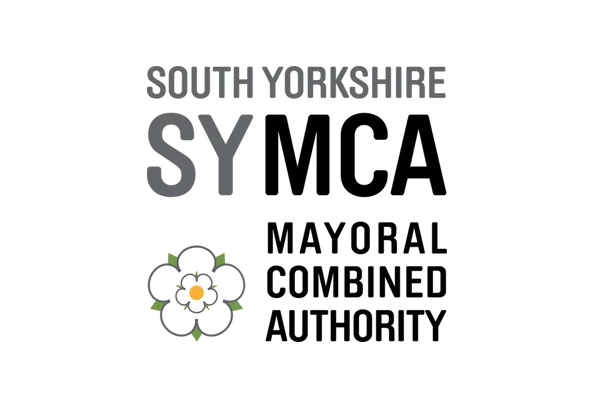
North East architects invited to design Mongolian landmark
A North East architecture practice has been invited to put forward design plans for a landmark building in UIan Bator, the capital city of Mongolia.
With a growing reputation for delivering sustainable architecture in the old Soviet-state, Gateshead-based practice, Gradon Architecture, has worked with fellow Mongolian architects to design a new ministerial building for a prime site near to the Mongolian Parliament.
The design is part of a government competition to build an innovative new ministry building, with ecological features, that will accommodate hundreds of politicians and civil servants.
According to the World Health Organization, Ulan Bator is the second most polluted city in the world.
The use of wood or coal-burning stoves for cooking and heating in the traditional ‘ger’ districts is a major cause of the pollution and the government is trying take action to change behaviour and clean up the air.
Encouraging the construction of energy-efficient homes and buildings is part of the government’s approach to tackling pollution and the ministry competition seeks to inspire the nation through an architectural design with green features at its heart.
Tanja Smith, associate architectural technologist at Gradon Architecture, said: “We wanted to create an excellent working space for ministers and civil servants and to make a statement about how future construction projects could be embraced.
“We have sought to show the strength of the Mongolian nation and its people through design, as well as providing functionality and practical eco-features to create an energy-efficient building.
“Ulan Bator is a growing city with a big pollution problem and it’s important that the winning design inspires further environmental awareness across the country. It is a step into environmental design for a country that is growing up fast.”
Gradon Architecture’s design includes a host of environmental features including energy-efficient heating, a water recycling system and excellent levels of insulation.
It also includes a roof top garden and glare shields on windows, as well as cultural references such as the incorporation of the symbol ‘Ulzi Khee’ (meaning ‘happiness and eternity’).
The winning building will be constructed on a disused site directly to the west of the parliament and the capital’s main Sukhbaatar Square.
Tanja Smith added: “Architecture plays a vital part in urban planning and the new building will be at the heart of the city. We have proposed a building that is symbolic and embraces both contemporary design and Mongolian tradition and heritage.
“We have looked at Mongolia’s history and culture and based our design on the curves of a horse as the animal is a major symbol of Mongolian culture going back through time to Genghis Khan and beyond. We think it is a building combining function, efficiency and important cultural references.”
Gradon Architecture is growing an international reputation. With support from UK Trade & Investment (UKTI), within the last two years the practice has increased its international business from zero to 30 per cent of the company’s total turnover.
As well as delivering projects in Kazakhstan, Gradon is making great strides in exporting its architectural services to Mongolia. Earlier this year, the practice submitted design proposals for 50 energy-efficient homes in the Nukht Valley of Ulan Bator which incorporate a number of sustainable features to help protect residents against deadly minus 30 temperatures.
Gradon has also recently put forward design proposals for an 18-storey hotel, apartment and shopping plaza in the city of Darkhan.
In May 2014, Gradon won the North East Constructing Excellence Award in the SME of the Year category.



 How advancements in technology are shaping the future of the economy in North East England
How advancements in technology are shaping the future of the economy in North East England
 South Yorkshire Craftsmanship and Innovation: A Tale of Heritage and Growth
South Yorkshire Craftsmanship and Innovation: A Tale of Heritage and Growth
 Demystifying Degree Apprenticeships
Demystifying Degree Apprenticeships
 Industry-focused apprenticeships pave the way for a bright future in science manufacturing
Industry-focused apprenticeships pave the way for a bright future in science manufacturing
 What’s the best hosting plan for a business website?
What’s the best hosting plan for a business website?